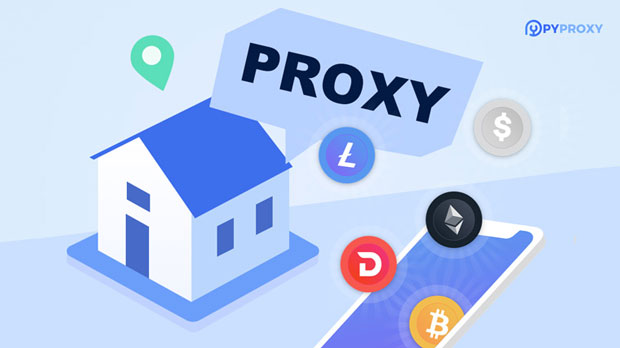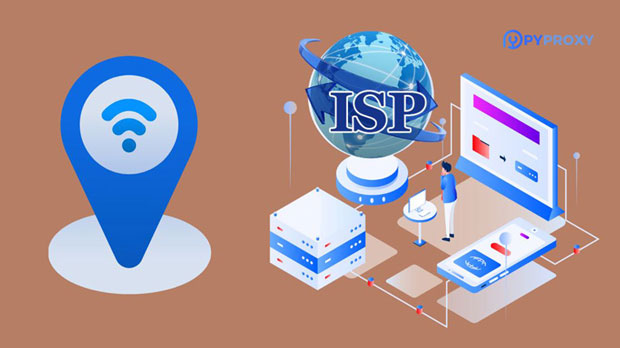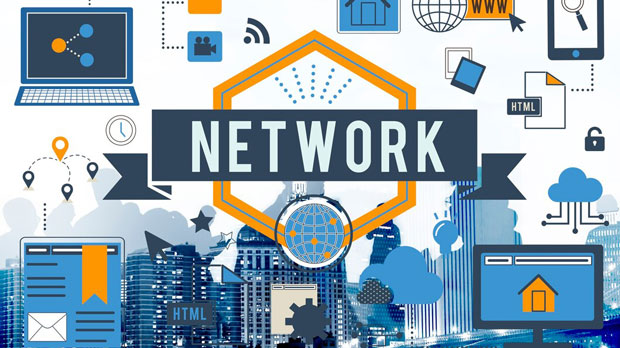How do I purchase SOCKS5 Proxy Services by credit card?
When looking to enhance online privacy, bypass geographical restrictions, or improve security while browsing, socks5 proxies often come up as a top choice. These proxies offer a versatile solution, providing anonymity and enabling users to connect to the internet through a remote server. A convenient way to purchase a socks5 proxy service is by using a credit card. This payment method provides ease of transaction, a layer of security, and is widely accepted by most service providers. In this article, we will explore the process of purchasing SOCKS5 proxy services using a credit card, highlighting the steps, considerations, and precautions necessary to ensure a smooth and secure transaction. Understanding SOCKS5 ProxiesBefore diving into the purchasing process, it's important to understand what SOCKS5 proxies are and why they are popular. SOCKS5 is a type of internet protocol that facilitates data transmission between client applications and a proxy server. Unlike other proxy protocols, SOCKS5 offers a higher level of flexibility by supporting a wide range of internet traffic, including torrents, emails, and gaming services. The protocol is known for its ability to handle different types of data and for providing a secure and anonymous browsing experience. By routing your internet traffic through a SOCKS5 server, your actual IP address is hidden, and your online actions are more difficult to track, ensuring greater privacy.Steps to Purchase SOCKS5 Proxy Services Using a Credit CardPurchasing a SOCKS5 proxy service with a credit card is a straightforward process, but there are several steps you need to follow to ensure that the transaction is secure and the service you receive meets your needs.1. Research and Choose a Reliable ProviderThe first step in purchasing a SOCKS5 proxy service is to research and choose a provider. There are several factors to consider when selecting a service, including the number of available servers, geographical locations, speed, security protocols, and customer support. It is also essential to read reviews and check for any negative feedback regarding payment security or service reliability. Make sure that the provider accepts credit card payments, as not all services do.2. Register for an AccountOnce you've selected a provider, the next step is to create an account. This typically involves providing basic information, such as your name, email address, and possibly phone number for verification. Many providers will also require you to create a password to secure your account. During registration, you may be asked to provide payment details, including your credit card information.3. Select the Proxy PlanMost SOCKS5 proxy services offer different pricing plans based on the features you need, such as bandwidth limits, the number of concurrent connections, and server locations. Depending on your needs, select a plan that offers the right balance between cost and functionality. Some providers offer trial periods, so you can test the service before committing to a long-term subscription.4. Enter Credit Card Payment DetailsOnce you've selected a plan, you will be asked to enter your payment information. Credit card payments are generally processed securely through encryption, and most providers use trusted payment gateways to ensure that your card details remain protected. You will need to enter your credit card number, expiration date, CVV code, and billing address. Ensure that the website is using HTTPS encryption before entering any payment details to safeguard your sensitive information.5. Confirm Payment and Complete the PurchaseAfter filling in your payment details, review the summary of your order, including the plan, payment amount, and any additional fees. If everything looks correct, proceed with the payment. Most providers will send you a confirmation email once the transaction is successful. This email often contains your login details, server information, and any instructions for setting up the SOCKS5 proxy on your devices.6. Set Up Your SOCKS5 ProxyOnce your payment has been processed, you can begin using the SOCKS5 proxy service. The provider will typically give you a list of SOCKS5 server addresses and authentication details that you will need to configure your devices. Setup instructions are usually provided on the provider’s website or in the confirmation email. Make sure to follow the step-by-step instructions carefully to ensure that your proxy is set up correctly.Considerations When Using a Credit Card to Purchase SOCKS5 ProxiesWhile purchasing SOCKS5 proxies with a credit card is a convenient and secure method, there are some important considerations to keep in mind.1. Payment SecurityIt is critical to ensure that your credit card information is handled securely. Look for websites that use HTTPS encryption, signifying a secure connection. Also, be cautious when entering credit card details on unfamiliar websites. Using credit card services with fraud protection, like virtual cards or disposable credit cards, can add an extra layer of security.2. Privacy ConcernsAlthough SOCKS5 proxies help maintain your anonymity online, purchasing a proxy service with a credit card may tie your identity to the payment. If privacy is a top concern, consider using alternative payment methods like cryptocurrencies, which provide more anonymity during transactions. However, many providers still require personal details even when accepting cryptocurrencies, so it's essential to review their privacy policy beforehand.3. Transaction FeesSome credit cards may charge international transaction fees or foreign exchange fees if the service provider is based in a different country. Be sure to check with your card issuer about any extra charges that may apply. Additionally, some proxy services may have hidden fees, so always read the terms and conditions before completing your purchase.4. Refund and Cancellation PoliciesIt is always advisable to familiarize yourself with the provider’s refund and cancellation policies before purchasing. If you find that the service doesn’t meet your expectations, or if you encounter technical issues, you will want to know how to cancel your subscription or request a refund.Alternative Payment MethodsWhile credit cards are commonly accepted, some users may prefer alternative payment methods for reasons of security or privacy. As mentioned earlier, cryptocurrencies like Bitcoin and Ethereum are becoming increasingly popular for online payments due to their anonymity. Some providers also accept PayPal, bank transfers, or gift cards, offering more flexibility depending on your needs.ConclusionPurchasing a SOCKS5 proxy service using a credit card is a relatively simple and efficient process. By following the steps outlined above, from selecting a reliable provider to setting up your proxy, you can enhance your online security and privacy with minimal hassle. However, it's important to take into account factors such as payment security, privacy concerns, and transaction fees to ensure a smooth experience. Whether you're using the proxy for personal browsing, business purposes, or to access geo-restricted content, understanding how to make a secure purchase is key to ensuring that you get the most out of your SOCKS5 proxy service.
2025-01-09

























































